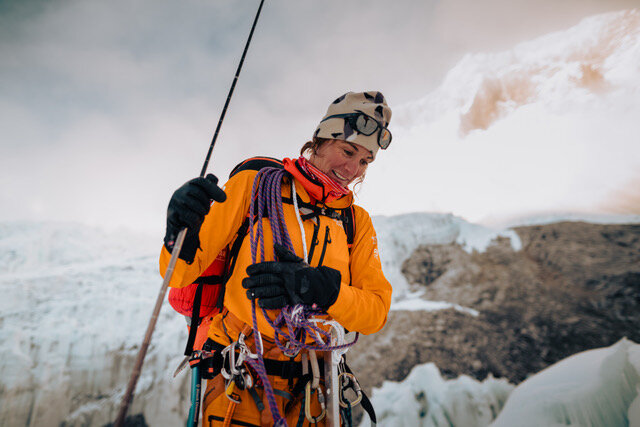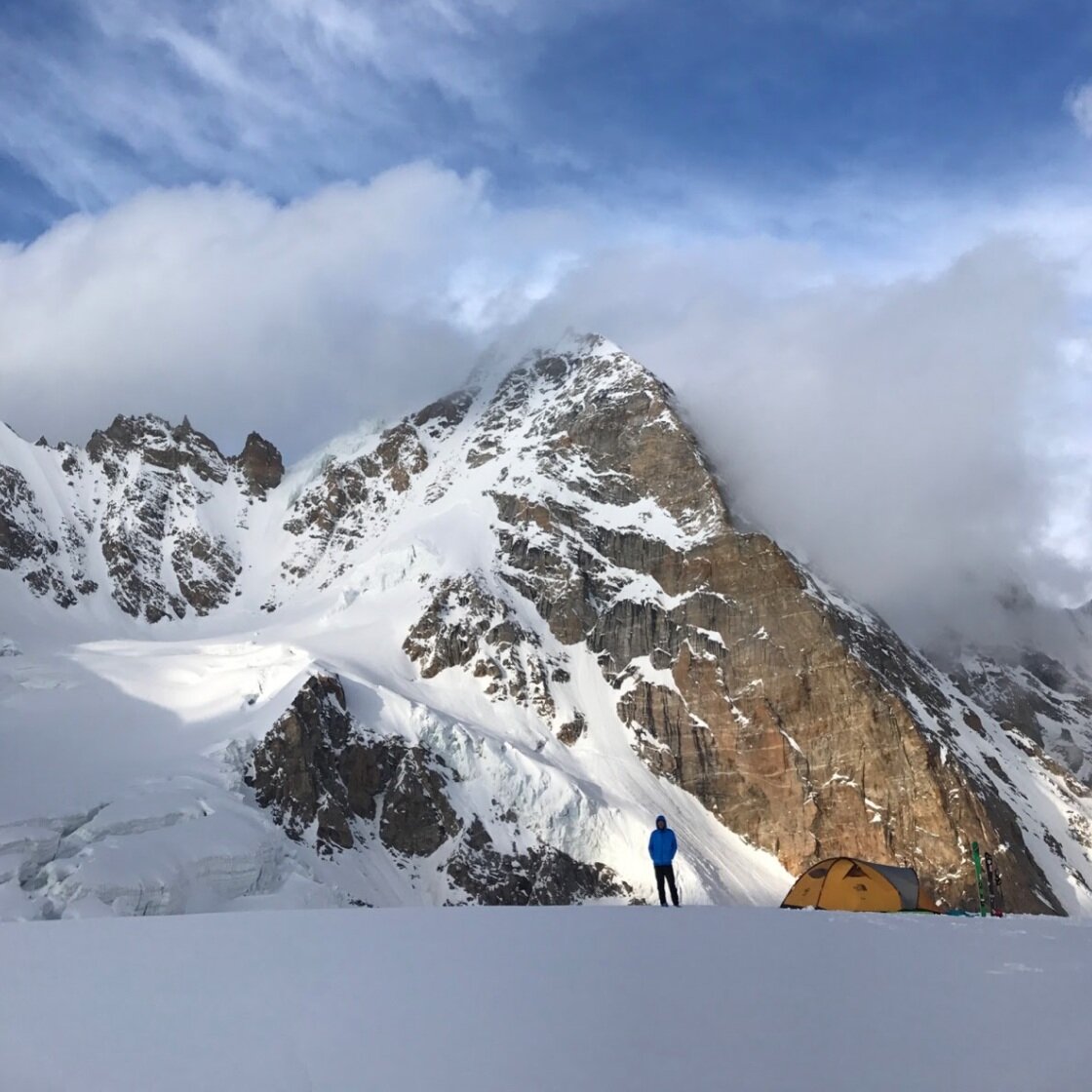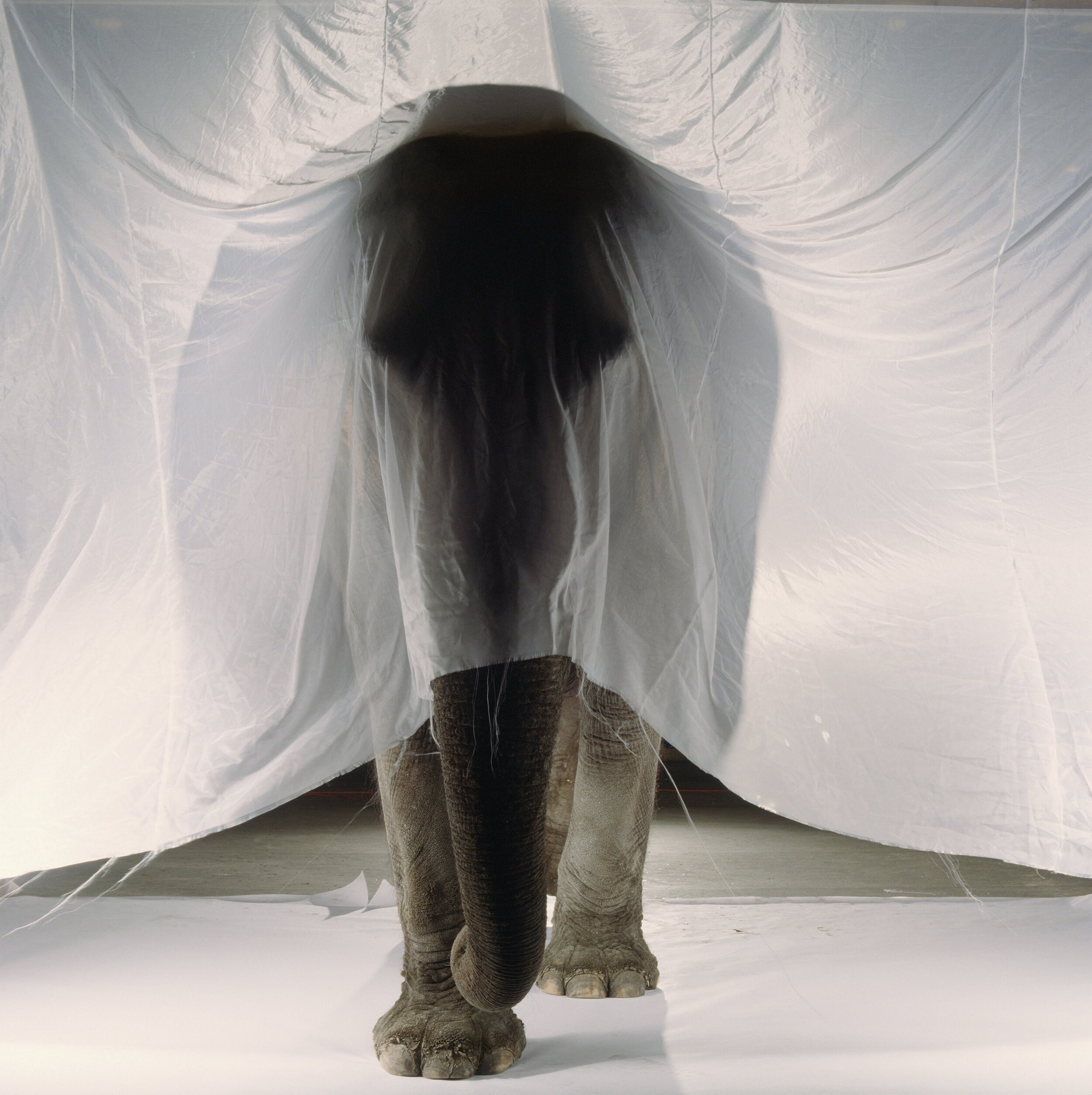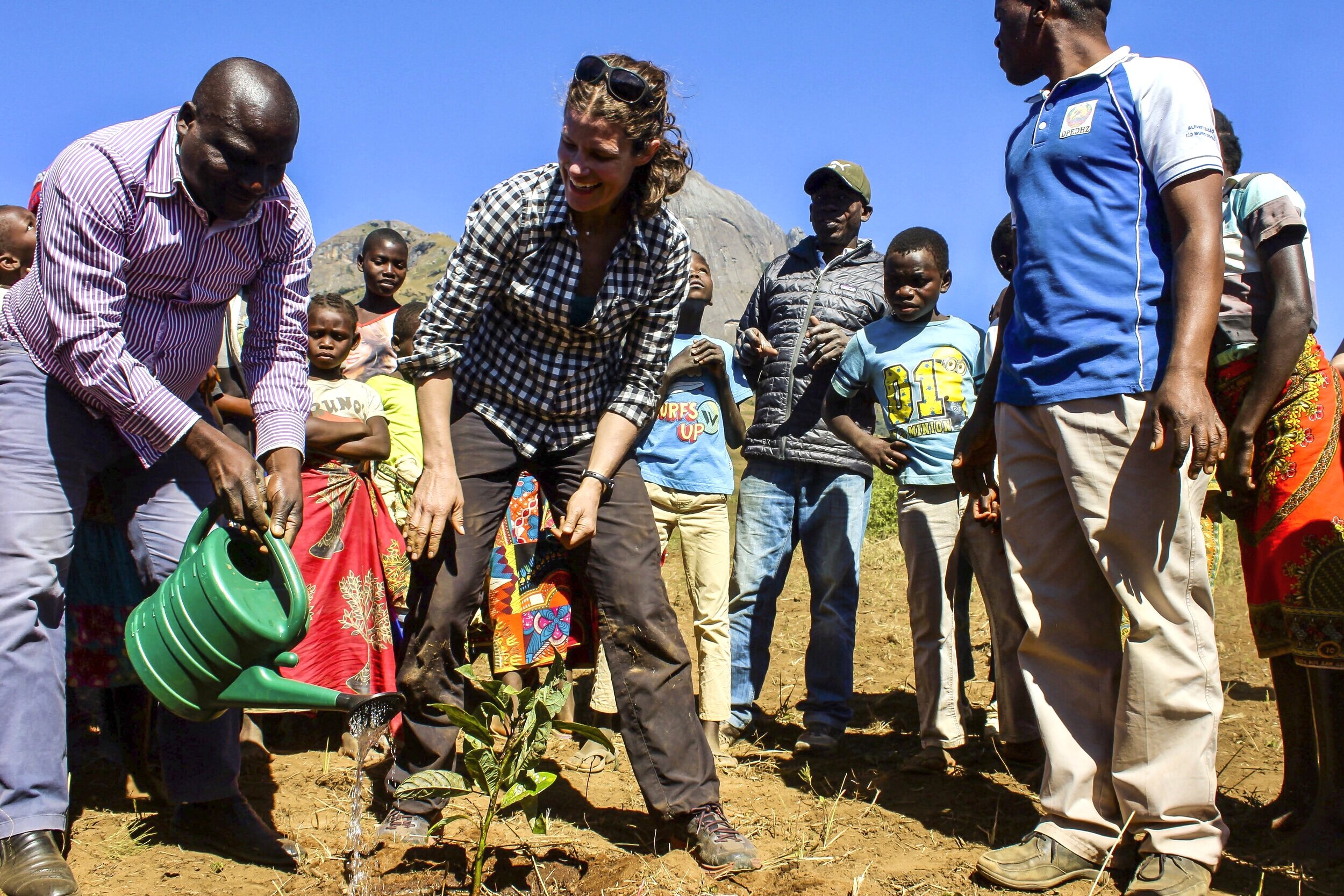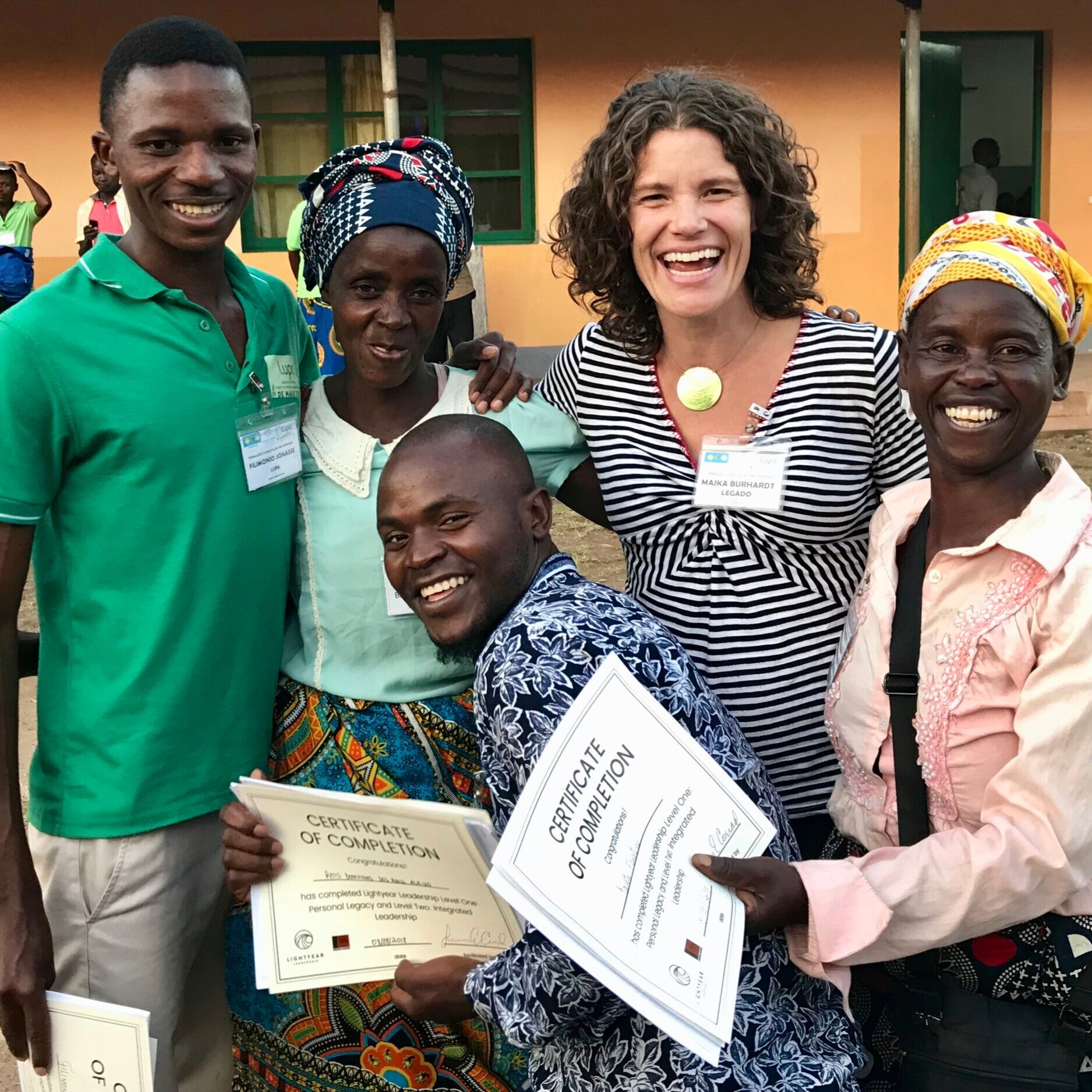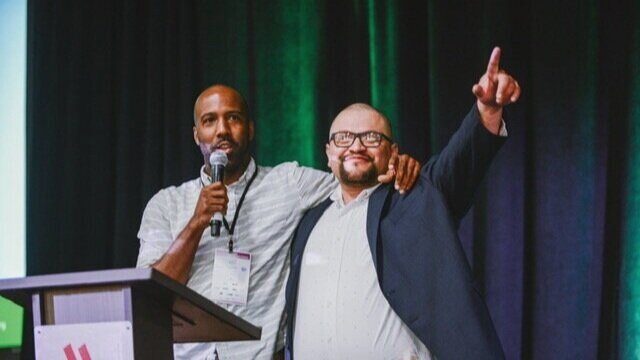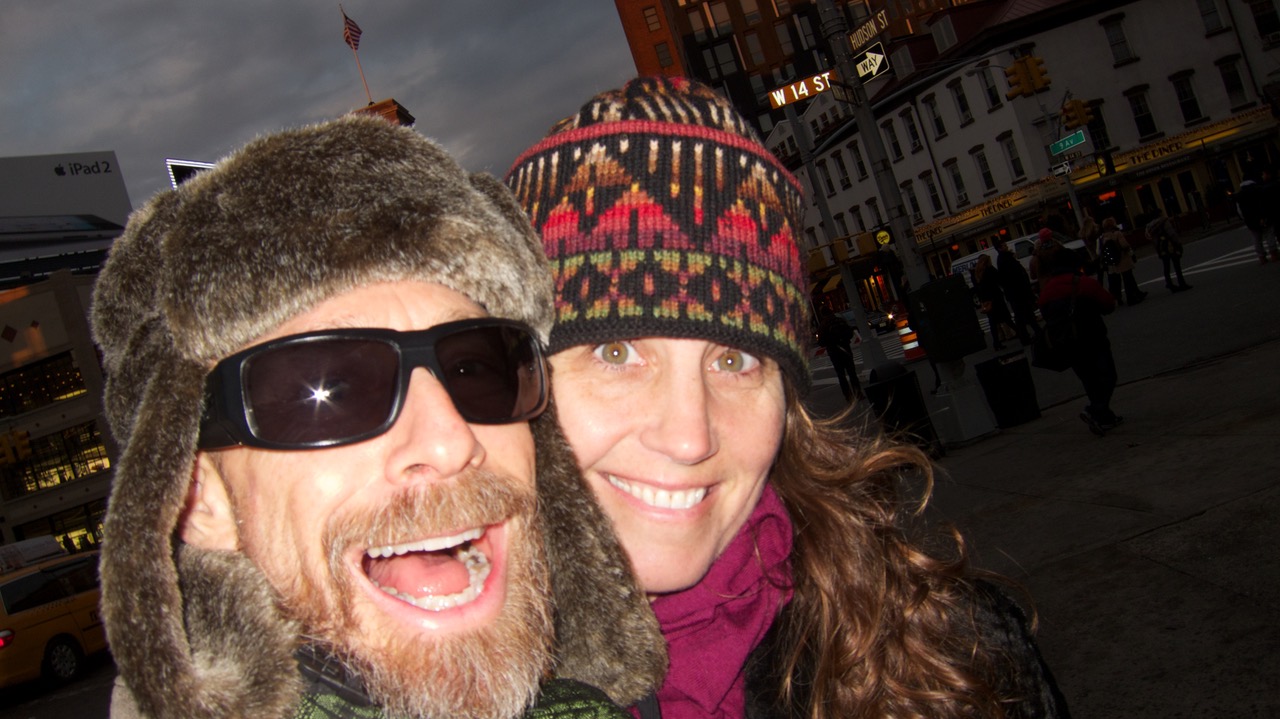ANAND VARMA AND THE BRILLIANCE OF THE MINUSCULE
/Biologist and photographer Anand Varma captured a hummingbird drawing nectar from a specially-crafted glass dish in a lab at UC Riverside. His uniquely creative visual studies of diminutive creatures quickly captured the interest of National Geographic magazine, where he continued to publish stories—including coverage of hummingbird locomotion, honey bee behavior, parasites that control insects, and large carnivorous bats that dwell in Mayan temples in Mexico. Photo: Anand Varma
Interview by Prasenjeet Yadav
Photographs by Anand Varma
Anand Varma is a nature photographer who specializes in documenting life from the macro perspective: From mind-controlling parasites to hummingbird biomechanics. Through a combination of his deep knowledge of biology and his uniquely creative approaches to documenting minuscule creatures, he has revealed stunning details of species that would otherwise be hidden from the naked eye.
Varma’s ghoulish image of a ladybug controlled by a parasite landed the October 2014 cover of National Geographic magazine for his first story, “Mindsuckers.”
Varma began documenting the natural world as a photo assistant to David Liittschwager, and would publish his first story, “Mindsuckers,” for National Geographic magazine in 2014. His first article was a bit of a win: His luminescent and ghoulish image of a lady bug consumed by a parasite would land, appropriately, on the cover of the October issue of the magazine. The article was so well received, many wondered what he might do next after accomplishing what most photographers aspire to for their entire careers.
But Varma continued to surprise everyone by designing new technologies and narratives to showcase the stories of less charismatic, and largely tiny species like honey bees, carnivorous bats, hummingbirds and jellyfish.
Anand's highly creative approach toward helping people grasp the science and splendor of diminutive creatures has earned him a World Press Photo award for Best Nature Story. He was also named as a National Geographic Emerging Explorer, Civic Science Fellow, and a Media Innovation Fellow to advance visual storytelling possibilities. Along with creating these visually powerful stories, Varma also focuses on diverse ways to disseminate his work to larger audiences using multimedia. His recent endeavor resulted in a stunning traveling exhibition on the life cycle of jellyfish, which first opened at the Franklin Museum in Philadelphia in autumn 2021. Varma also works tirelessly in support of science, running workshops worldwide to teach scientists how to be more visually literate.
I met Anand Varma for the first time in 2015 when he was visiting the Western Ghats of India with his family. Within an hour of meeting, we were already trekking in the Nilgiri hills, and I knew I had made a friend for life. Over the years, he has gracefully managed a balance between being a great friend and a fantastic mentor to me. So it's my pleasure to interview him for Exploration Connections.
—Prasenjeet Yadav
PRASENJEET YADAV: What is your origin story as a photographer—your first memory of a camera, first image, first job as photographer and your first story?
Anand Varma’s studies of jellyfish were presented in a spellbinding display of video and live jellyfish in the “Jellyfish Revealed” exhibit at the Franklin Institute in Philadelphia, which opened in autumn 2021. Here, Anand feeds brine shrimp to jellyfish, as he explains the diet of these delicate creatures to children attending the exhibition opening. Photo: Rebecca Martin
ANAND VARMA: The first memorable photograph I took was of a garter snake I found in high school. I had borrowed my dad’s Nikon Coolpix digital camera and was exploring the woods outside of Atlanta with my friend Gene. We spotted the snake sunning itself in a patch of leaves and I decided to see how close I could get to it. Surprisingly, the snake didn’t move as I approached and I was able to snap a close up within inches of its face. The photo itself was nothing special, but what sticks with me is the reaction of my friend standing next to me. He was so excited, gesticulating wildly and exclaiming over and over how cool it was that I was able to capture so much detail in the photo. It was the first time I realized that photography could be a way to share the joy of discovery with others. From then on, our hikes in the woods became treasure hunts for natural wonders that we could photograph and show our friends and family back home.
It wasn’t until college that I realized I could make a career out of documenting science and natural history. I had the opportunity to assist National Geographic photographer David Liittschwager the summer after my sophomore year. Working for him showed me that as a photographer, I could pursue my childhood dream of exploring the world and learning about nature.
PY: How do you identify visual storytelling opportunities and think outside the box?
AV: First and foremost, I want to surprise my audience. This can mean working with the underdogs of the natural world like parasites or bats. Or it means finding novel ways of showing familiar subjects like honeybees and hummingbirds. Many of my story ideas start from conversations with scientists. For example, both my parasite story and hummingbird story started out as collaborations with friends from my time as a biology student at UC Berkeley.
PY: How important is creative vision to communicating science—what role does it play?
AV: Creative vision is at the heart of reframing how people think. People have certain assumptions, both good and bad. Creative vision is key to getting an audience to think about science in a different way, and to give it their renewed attention.
“The first time he described putting hummingbirds in a wind tunnel to study their flight performance, I knew I had to photograph it. I never imagined anyone did such a crazy thing! “
The subjects I photograph have often been studied and documented for many years by scientists, but they simply haven’t been presented in a way that captures the imagination of the public. So I read scientific papers and interview scientists looking for untapped visual potential in their research. A good example of this is Chris Clark’s research on hummingbird biomechanics. The first time he described putting hummingbirds in a wind tunnel to study their flight performance, I knew I had to photograph it. I never imagined anyone did such a crazy thing! (Editor’s note: The hummingbird video above was shot with a high speed camera that captures 3,000 frames per second—100 times faster than the naked eye can see.)
PY: How do you overcome hurdles, maintain resilience, and avoid burnout on these highly technical and challenging projects?
Anand’s friend, marine biologist Dr. Clare Fieseler, views his video of the alien-like jellyfish growth and regeneration at his Franklin Institute exhibit last year. Photo: Rebecca Martin
AV: It took me many years to recognize that my work is cyclical. I start each project with a long research phase where I try to learn as much as I can before attempting any photography. Then I grapple with how to execute the photographic ideas that arise from that research. Finally, I refine those ideas and experiment with how to share the final story with the world. Each of those phases has its own unique challenges, but they also work out different parts of my brain. If I need to, I mix up the order of these steps. For example, if I feel like I am in a rut with the research, I can take a break and play with cameras and lighting. If I hit a roadblock with the photography, I can revisit the research, or start sketching out what the larger story will look like. If the whole project seems like it has hit a dead end, I can pause and pick up where I left off on another project or take a break entirely for a little while. When all seems hopeless, I take solace in knowing I have been there before and survived just fine. If it wasn’t hard, it wouldn’t be worth doing, right?
PY: You don't come from a visual storytelling background, so how did you figure out the aesthetics?
AV: I didn’t grow up wanting to be a photographer so I didn’t spend much time looking at photographs. I was lucky in a way that my first big assignment was on parasites because I really didn’t have much of a reference point to work from. There had been some scientific documentation of the subjects I wanted to photograph, but it was clear from the beginning that I had to take a fresh approach in order to capture the attention and imagination of National Geographic’s readers. I had to carve a new path and define for myself what I wanted my photography to look like.
Varma faced some new challenges documenting the carnivorous false vampire bat in Yucatan, Mexico. These mammals of the order Chiroptera, have a 4-foot wingspan, and live amidst Mayan temples where this individual heads out on its nocturnal hunt. Varma would suffer from huge, infected blisters from rigging cameras to document the bats unknowingly in Poisonwood, or “Chechem” trees.
At the time, I didn’t have a clear idea for how to accomplish that. I actually tried to learn x-ray photography, but quickly abandoned that once I realized it wouldn’t work for insects. My editor Todd James pointed out that National Geographic was planning on using graphic novel style illustrations to accompany my photographs. So I decided to go down to the local comic book store in Berkeley and think about what it would take to make a photograph look like a graphic novel. I decided the common theme of all the covers on the shelf was a dramatic background that drew your attention to where the action was happening. Next, I went to the art supply store to pick up materials like water-color paints and construction paper to experiment with creating different artificial backgrounds. I packed it all up and headed out to the first parasite lab. I had no idea what I wanted the photograph to look like, I just knew it had to look cool and it would help to have a dramatic background.
From there, it was all about experimentation and iteration. Trying out lots of ideas, and evolving my approach based on what worked and what didn’t. Looking back, I see a clear influence of the Japanese animation and film noir I watched as a kid, but I don’t think I was conscious of those inspirations at the time.
“…doggedly pursuing an idea can sometimes blind you to unexpected opportunities that arise. It’s a delicate balance between committing to a plan, versus being open to new ideas.”
I tried to replicate this aesthetic for my next story on bees, but it immediately became apparent that film noir was not the right fit. So it was back to the drawing board with endless experimentation to try and discover a new approach that felt fresh and interesting. I try to invent a new look for every story, although each is influenced in some way by the last.
PY: How do you know when to stop and when to change your approach? How do you know you got the shot?
Anand Varma using high-speed camera equipment and visual effects to film honey bees at UC Davis.
AV: I almost never know when to stop. It tends to be when I have to get on an airplane and even then I cut it close or change my flight to keep working on a photograph. It’s just as hard to know when to change my approach. Persistence and creativity often feel in opposition. Who wants to be a quitter when the going gets tough? And yet, doggedly pursuing an idea can sometimes blind you to unexpected opportunities that arise. It’s a delicate balance between committing to a plan, versus being open to new ideas.
The time I know I have made something interesting is when I can’t stop looking at a picture. I’ll go to bed and then get up in the middle of the night just so I can turn on my computer and stare at the image again. That’s usually a good sign.
A young honey bee emerging from its hive.
PY: This kind of creative endeavor can tend to be isolating. How do you deal with it?
AV: The loneliness is the hardest part. I don’t mind carrying a heavy pack or working all night. But spending weeks or months on end cut off from the people you are closest to is difficult to sustain. It is so much more fun to work with someone who is invested in the same project so you can celebrate the successes and commiserate in the failures together. I have realized that choosing my collaborators is as important to my work as choosing the subjects. It also really helps to have a creative mentor who can relate to what you are experiencing and keeps you from going too far into the dark hole of self-doubt.
PY: Is there anything you'd do differently if you had to do this all over again?
AV: There have been some really hard, lonely, depressing times. But I learned a lot from my mistakes so I can’t say I regret making them. I love where I have gotten to in my work and my life and I’m not sure I would be here without the difficult parts. I didn’t prioritize my friendships and relationships in the early years of my career and I feel sad that I wasn’t more available at that time to support people I cared about. I’d like to think that experience has helped me find a better balance today of pursuing my personal dreams while also being able to support others.
PY: What is the next frontier in your endeavors?
AV: I’ve spent most of the last ten years thinking about the technical aspects of photography. There is still plenty to learn on that front and I am trying to learn more about microscopy and camera motion control. But I think there is a much broader, more interesting frontier beyond the technical aspects of photography. I want to learn more about how images are delivered to audiences. In other words, once an interesting photo is captured, what is the most compelling way to share it with the world? I’m specifically interested in becoming a better writer and learning more about immersive exhibit design.
In addition, I’m starting a project called Wonder Lab in Berkeley, CA. It is a hybrid space at the intersection of science, photography and education where I hope to invent new ways of visualizing the natural world and inspire the next generation of science storytellers.
You can follow Anand Varma on Instagram and check out his website.
Author and photographer Prasenjeet Yadav is based in Bangalore, India, when he’s not documenting wildlife across India and in other locales in Asia. You can connect with Prasenjeet on Instagram.
Interested in having award-winning photographer and educator Anand Varma present the art and science of his brilliant work for your audience? Please contact us.
Anand Varma explains the science of jellyfish growth and regeneration to young visitors at the opening of his gallery exhibit, “Jellyfish Revealed,” at the Franklin Institute in Philadelphia. Photo: Rebecca Martin





